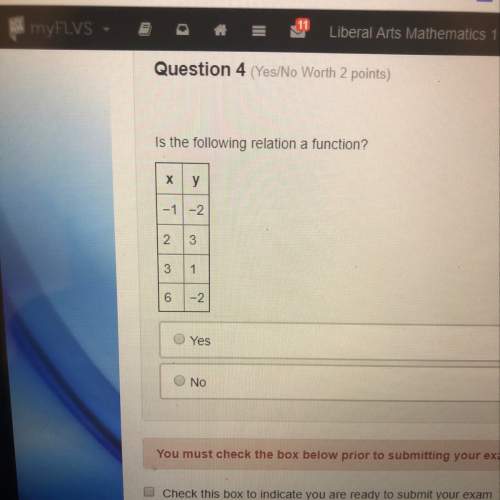
Mathematics, 30.12.2021 03:00 stricklandashley43
Use the following compound interest formula to complete the problem. A = P (1 StartFraction r over n EndFraction) superscript n superscript t Sandra has two credit cards, P and Q. Card P has a balance of $726. 19 and an interest rate of 10. 19%, compounded semiannually. Card Q has a balance of $855. 20 and an interest rate of 8. 63%, compounded monthly. Assuming that Sandra makes no purchases and no payments with either card, after four years, which card’s balance will have increased by more, and how much greater will that increase be? a. Card Q’s balance increased by $7. 22 more than Card P’s balance. B. Card Q’s balance increased by $6. 69 more than Card P’s balance. C. Card P’s balance increased by $3. 43 more than Card Q’s balance. D. Card P’s balance increased by $0. 80 more than Card Q’s balance.

Answers: 2
Another question on Mathematics

Mathematics, 21.06.2019 21:00
What is the similarity ratio of a cube with volume 729m^3 to a cube with volume 3375 m^3
Answers: 2



Mathematics, 22.06.2019 03:40
True or false? the sum of the differences (% - 7) is never zero for any distribution consisting of n observations.
Answers: 1
You know the right answer?
Use the following compound interest formula to complete the problem. A = P (1 StartFraction r over n...
Questions

Mathematics, 04.06.2020 18:00

Mathematics, 04.06.2020 18:00

Computers and Technology, 04.06.2020 18:00







Mathematics, 04.06.2020 18:00

Mathematics, 04.06.2020 18:00



Biology, 04.06.2020 18:00

Computers and Technology, 04.06.2020 18:00









